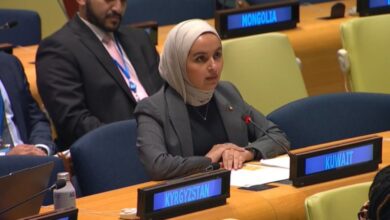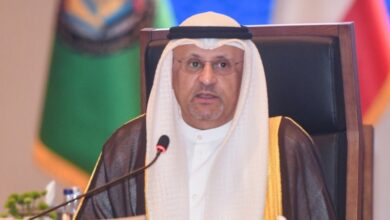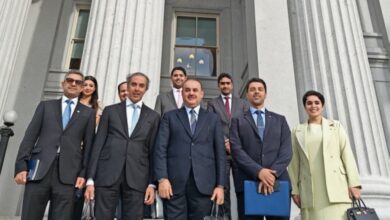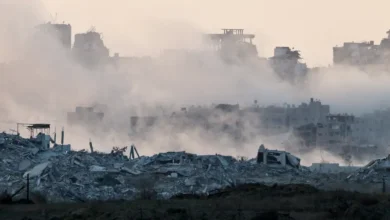International high-level conference on Glacier Preservation: A strategic global response to climate change
Principal objectives of the Conference are to raise awareness of the critical role glaciers play in sustaining ecosystems and human livelihoods; to foster international cooperation in scientific research and climate adaptation; and to promote the development of innovative and integrated policy solutions to counter glacier degradation
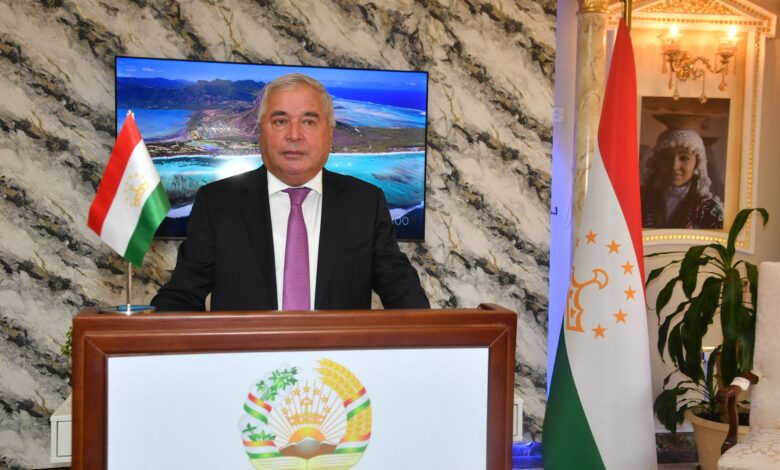
By Zubaydzoda Zubaydullo
Dean of the Diplomatic Corps &
Ambassador of the Republic of Tajikistan
The International High-Level Conference on Glacier Preservation, to be convened in Dushanbe, Republic of Tajikistan, from 29 to 31 May 2025, constitutes a significant milestone in global climate governance. This conference is organized in alignment with the United Nations General Assembly Resolution A/RES/77/317, which designates 2025 as the International Year of Glacier Preservation. The resolution underscores the alarming pace of glacier retreat and its extensive implications for water security, food systems, and sustainable development.
The principal objectives of the Conference are threefold: first, to raise awareness of the critical role glaciers play in sustaining ecosystems and human livelihoods; second, to foster international cooperation in scientific research and climate adaptation; and third, to promote the development of innovative and integrated policy solutions to counter glacier degradation. The Dushanbe Conference will gather high-level delegates, climate scientists, policymakers, representatives of intergovernmental organizations, and civil society actors from across the globe.

Tajikistan, under the leadership of President honorable Emomali Rahmon, has consistently positioned itself as a key actor in international water diplomacy. Since the early 21st century, the country has initiated a series of UN-recognized resolutions focused on sustainable water management, including the International Decade for Action “Water for Sustainable Development” (2018–2028).
Building on this legacy, the government spearheaded the 2022 proposal for glacier preservation, culminating in the adoption of four major initiatives within a single UN resolution: the designation of 2025 as the International Year of Glaciers, the institution of 21 March as World Glacier Day, the creation of a special UN trust fund for glacier preservation, and the convening of the Dushanbe Conference.

To implement these decisions, the Government of Tajikistan has established a national Organizing Committee and endorsed a comprehensive action plan. Furthermore, in August 2024, a resolution introduced jointly by Tajikistan and France was adopted by the UN, declaring the decade 2025–2034 as the “Decade of Action for Glaciology”. Additionally, the “Group of Friends of Glaciers”, | co-chaired by Tajikistan and Argentina, was created to support multilateral engagement on glacier-related issues within the United Nations framework.
The scientific basis for urgent action is clear. Glaciers currently store about 75% of the world’s freshwater resources. Their rapid melting is one of the most visible indicators of anthropogenic climate change. In Central Asia, this poses a direct threat to water availability, hydroelectric power generation, agriculture, and biodiversity.

For instance, the Vanjyakh Glacier in Tajikistan has experienced a dramatic retreat, losing more than one kilometer of length over the past 70 to 80 years, reducing its area to 44 square kilometers. This phenomenon mirrors broader trends across the Hindu Kush-Himalayan region and the Andes, where communities are already grappling with reduced water supplies, glacial lake outburst floods (GLOFs), and deteriorating agricultural yields.
Against this backdrop, the Dushanbe High-Level Conference will serve as a platform for exchanging best practices, sharing scientific data, and coordinating funding mechanisms for glacier monitoring and adaptation strategies. The conference agenda includes plenary sessions, technical workshops, ministerial roundtables, side events hosted by development partners, and exhibitions showcasing innovations in glaciology and climate resilience.

Importantly, the Conference will contribute to the broader objectives of the Paris Agreement and the UN 2030 Agenda for Sustainable Development, particularly Goals 6 (Clean Water and Sanitation), 13 (Climate Action), and 15 (Life on Land). By catalyzing concrete actions, the Dushanbe Conference seeks to transform political commitments into practical solutions for glacier preservation.
In conclusion, the 2025 International High-Level Conference on Glacier Preservation constitutes a timely and strategic response to the escalating ecological vulnerabilities facing our planet.

As the accelerated retreat of glaciers poses serious risks to water security, biodiversity, and socioeconomic development, this conference provides a critical platform for galvanizing collective responsibility and fostering coordinated global leadership.
Its outcomes will be pivotal not only for preserving one of Earth’s most essential natural resources but also for ensuring the environmental and economic stability of both present and future generations.
In this connection, I call upon all relevant stakeholders—including international and regional organizations, financial institutions, academic and research institutions, the private sector, non-governmental organizations, and civil society—to actively engage in this landmark event.
Your meaningful participation will be vital to advancing integrated policy solutions, enhancing scientific collaboration, and mobilizing the financial and technical resources necessary to preserve glaciers and strengthen global climate resilience.









